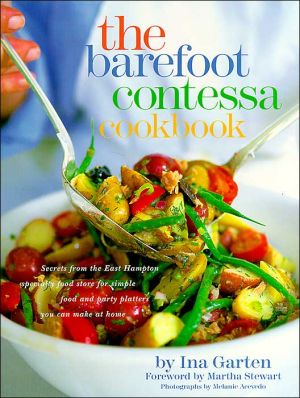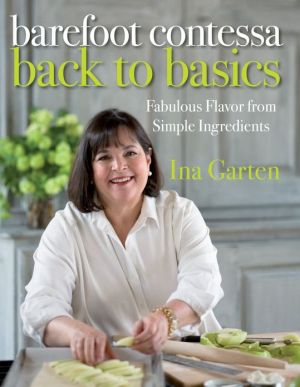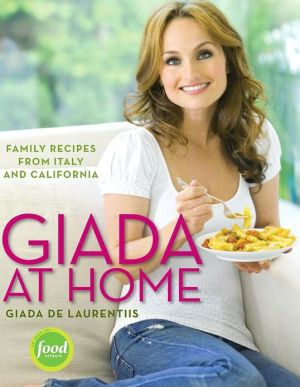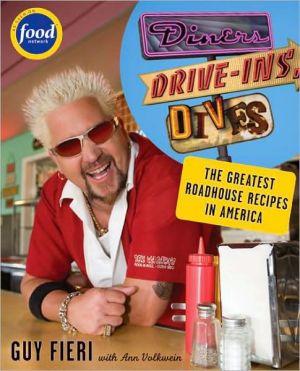American Terroir: Savoring the Flavors of Our Woods, Waters, and Fields
Search in google:
Why does honey from the tupelo-lined banks of the Apalachicola River have a kick of cinnamon unlike any other? Why is salmon from Alaska's Yukon River the richest in the world? Why does one underground cave in Greensboro, Vermont, produce many of the country's most intense cheeses? The answer is terroir (tare-WAHR), the "taste of place." Originally used by the French to describe the way local conditions such as soil and climate affect the flavor of a wine, terroir has been little understood (and often mispronounced) by Americans, until now. For those who have embraced the local food movement, American Terroir will share the best of America's bounty and explain why place matters. It will be the first guide to the "flavor landscapes" of some of our most iconic foods, including apples, honey, maple syrup, coffee, oysters, salmon, wild mushrooms, wine, cheese, and chocolate. With equally iconic recipes by the author and important local chefs, and a complete resource section for finding place-specific foods, American Terroir is the perfect companion for any self-respecting locavore. Publishers Weekly Terroir, a French term usually associated with wine, is what James Beard Award-winning author Jacobsen (Fruitless Fall) defines as "foods that are what they are because of where they come from." In a dozen informative and often funny essays spanning breakfast to dinner, Jacobsen deploys an open mind as he travels across North America and Mexico to demystify such curiosities as why the Yakima Valley in eastern Washington State produces a superior apple, how the red earth and algae-filled waters of Prince Edward Island in Canada conspire to create the delicious terroir-driven local dish of mussels and fries, and what makes chocolate "our most complex food." In each case, the answer is ecological and involves the specific interplay of biological, chemical, and geological factors that make an environment and, in turn, its food unique. To underscore that thought, each essay ends with recipes and a resource list. Throughout, Jacobsen cites fellow food writers, including Richard Manning, Michael Pollan, and Hugh Johnson. But beyond issues of slow food and sustainability, Jacobsen's affable, nerdy DIY spirit (he brewed his own mead for his wedding) challenges readers to rethink their relationship to food. (Sept.)
Introduction 1In the Church of the North Woods 17High-Mountain Maple Syrup, VermontThe Fresh Young Thing 39Geisha Coffee, PanamaEat Me 62New England Cider And Yakima Valley ApplesMother Nature's Little Black Book 84Varietal Honeys Of New England, North Carolina, Florida, The Southwest, And CaliforniaSpud Island 108Moules Frites On Prince Edward IslandLittle Truths 117Forest Gastronomy, QuebecThat Totten Smell 138Totten Inlet Oysters, Puget SoundFat of the Land 156Slow-Ripened Avocados, Michoacan, MexicoThe Taste of Vigor 170Yukon River SalmonThe Farm Girl and the Pole Dancer 190Wines Without Makeup, CaliforniaThe Whisperer in Darkness 218Washed-Rind Cheese, Northeast Kingdom, VermontThe Blood of the Gods 242Mesoamerican Chocolate, Chiapas, MexicoAcknowledgments 271








